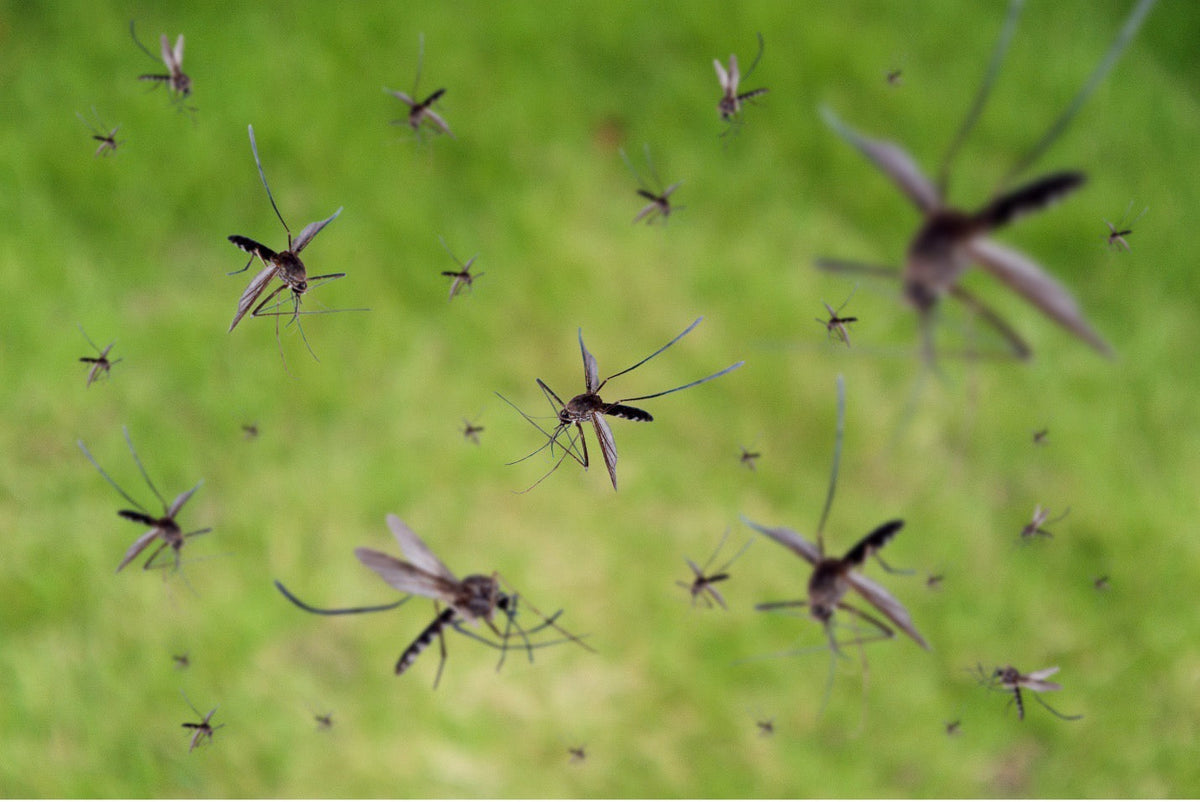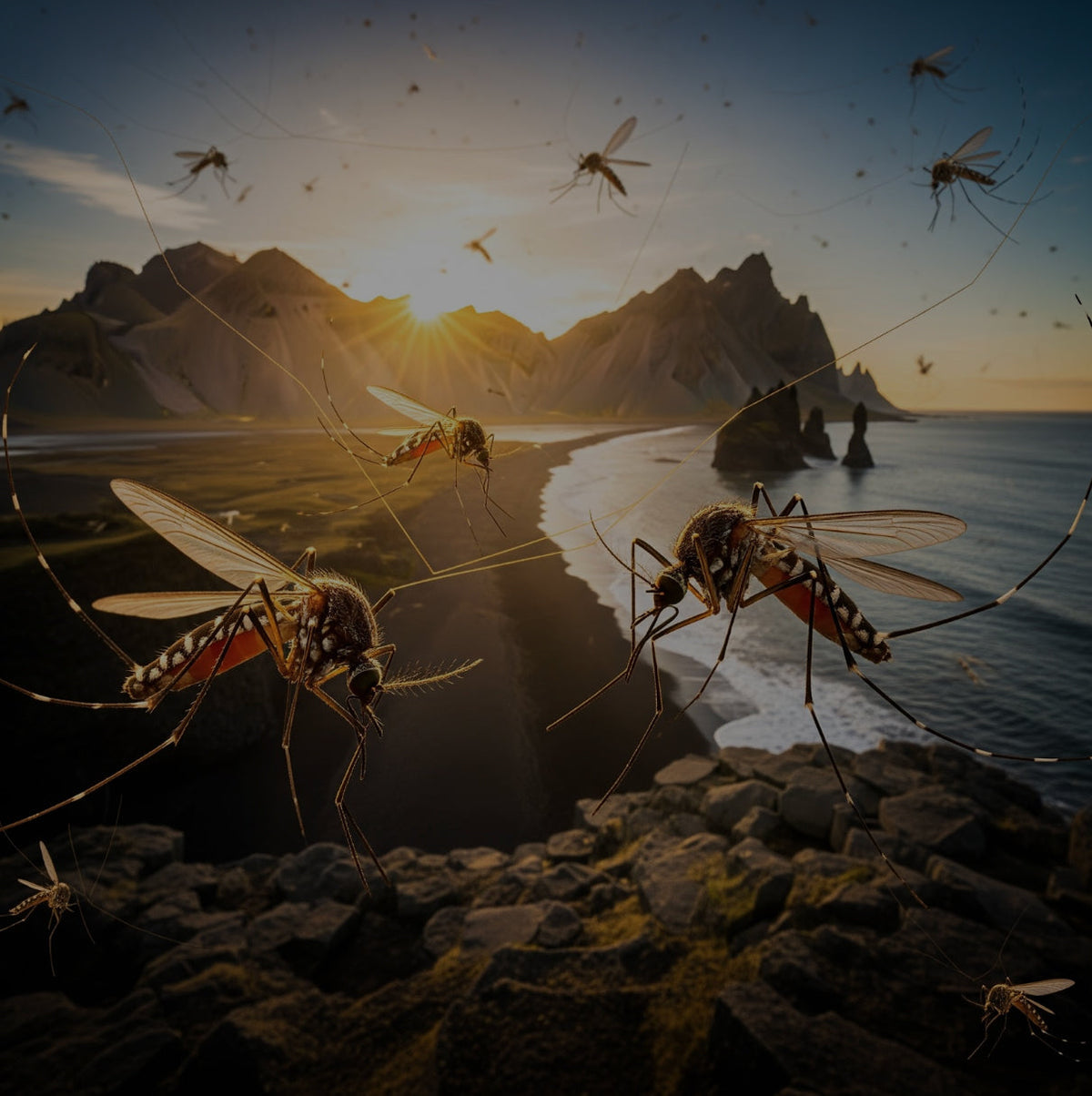
Mosquito Control & Management with Bats– MosquitoNix
Bats: Natural Pest Eliminators
For years, bats have gotten a bad rap. These mammals are one of the most misunderstood species, resulting in unfair and irrational fears that include unpleasant ideas that involve drinking blood, rabies transmission, hair tangling and references to “flying mice.” Put all of your fears aside: bats are a wildly important part of the ecosystem and are “natural” pest eliminators.

The Drawbacks of Using Toxic Chemicals for Mosquito Control
It has been shown time and time again that the widespread use of toxic chemicals often used for mosquito control can disrupt natural ecosystems. Unfortunately, toxic chemicals are toxic to virtually all insect species - even the beneficial types. Chemicals can also have adverse effects on other systems, such as water systems, and can cause damage to marine life populations. Ironically, pesticides can also cause mosquitoes to develop resistance to them, resulting in greater populations of these unwanted pests. That's why it's important to use non-toxic, natural mosquito control options whenever possible.
In recent years, the common bat has been identified as a natural way to keep mosquito populations under control. Do bats eat mosquitoes? They sure do, and they can be key to helping to keep those flying pests to a minimum on your property, without the unwanted side effects of toxic chemicals.
Benefits of Bats
Because mosquitoes have no real "evasive action" and are easy to catch, bats often prefer mosquitoes over other insects. But how many mosquitoes do bats eat? Most species of bats are quite small, so can they make that much of a difference? According to the University of Michigan, one brown myotis bat (Myotis lucifungus) can catch up to 1,000 insects in an hour. Additionally, large bat colonies that were studied have been calculated to capture 50 tons of insects annually - including 15 tons of mosquitoes. The Center for Biological Diversity has noted that bats provide the agricultural industry with non-toxic pest control services worth anywhere from $3.7 billion to $53 billion per year. Their economic impact is truly profound.
Bat Populations: Bats in Crisis
Unfortunately, in addition to the unfair reputation bats have developed over the years, they have also recently hit a crisis from a population standpoint. Biodiversity loss threatens entire bat ecosystems, and a loss of suitable hibernation caves has caused mosquito-eating bats to die out entirely in certain areas. Pesticide use has had a detrimental effect on bats. In addition, an accidentally introduced fungus causing "Pseudogymnoascus destructans" or "white-nose syndrome" in bats has led to the death of millions of bats.

Bat Houses and Bat Roosts
Many areas have introduced bat houses, or bat "roosts," to encourage bat populations. These structures can be erected in areas where bats have been known to already use old buildings. In terms of how to attract bats to a bat house, you want to make sure the house is designed to appeal to them. The houses must be tightly sealed (bats don't like drafty or leaky homes) and must have an overall size of at least 24 inches tall by 14 inches wide. Entry landings and roosting area surfaces should be roughened to provide secure footing for the bats, and roosting spaces should be about 3/4 inches wide. Four chamber houses have proven to be the most attractive for colonies. Further, black is the best color for cooler climates; light brown or medium brown work best in hot climates. Successful bat homes are located within 1/4 of a mile of a water source, such as a lake, pond or stream. They must be about 10-15 feet above the ground. The largest artificial roosts have attracted up to 250,000 or more bats - which is a lot of mosquito control!
In terms of the disadvantages of bat houses, there aren't many, but you should plan to regularly clean and maintain the house so bats can continue to use it safely. You should also remember that bats can potentially carry rabies, so avoid direct contact with them (whether alive or dead) and make sure your pets are vaccinated. Bat droppings can also carry a fungal disease known as histoplasmosis, so if you're going to be, for instance, cleaning up bat droppings, it's a good idea to wear a respirator mask.

Call MosquitoNix® for Additional Help with Mosquito Control
In addition to introducing bat houses into your area, you can contact the highly trained professionals at MosquitoNix. We offer extensive mosquito and pest control services for your home or business that fit your busy and active life. Choose from our mosquito control treatments, misting systems, portable mosquito control and more. Best of all, the non-toxic, natural mosquito repellent used in our misting systems and fogging treatments does not harm your local ecosystem - which is good news for bats, which have suffered from the use of toxic chemicals and other harmful substances.
Our licensed technicians are available to answer any questions you may have, so contact us today! We offer free estimates and free consultations so you can get the information you need to decide if MosquitoNix services are right for you.
1 Response
Leave a comment
Comments will be approved before showing up.






Joel j roman
July 12, 2019
Hi we are very interested to have or purchase some bats to neutralize mosquitoes and other insect pests in my house/farm. Ware I can get the bats?